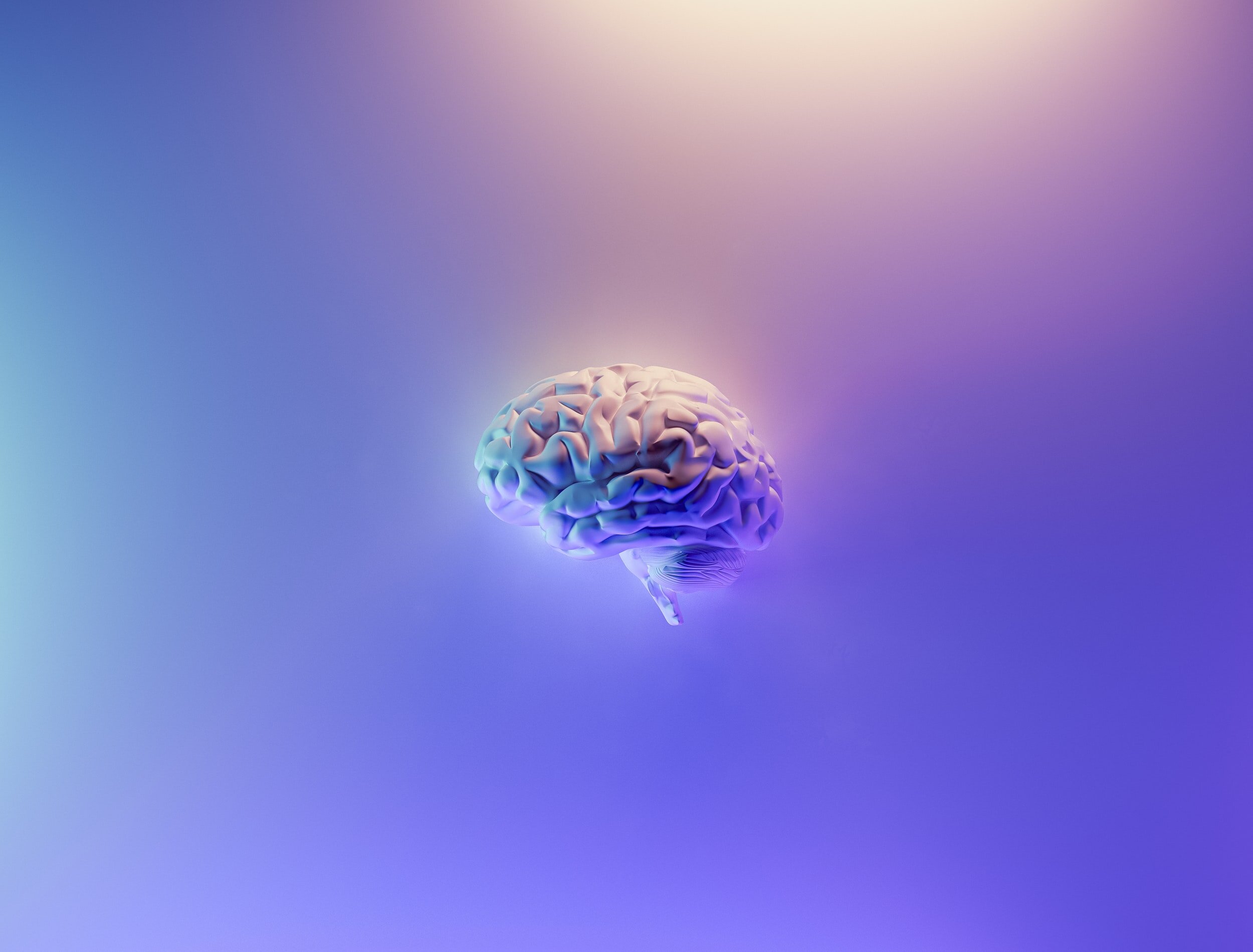
Neurofeedback
Presentation by Isobel Wright
Peer reviewed by Lena Hull and Minji Park
Introduction:
Current research has indicated the potential of neurofeedback therapy to improve the efficacy of addiction treatment. Neurofeedback is a non-invasive and non-drug based therapy that aims to identify and repair neuronal structural dysregulation (American Addiction Centers, n.d.). The abnormal neuronal activity of individuals with substance use disorder is targeted with neurofeedback therapy. A multimodal treatment approach that integrates traditional addiction treatment and neurofeedback has been shown to increase treatment efficacy when compared to the standard, singular approach.
Future Research
Pinpoint the mechanism of action neurofeedback, and how this can further application of neurofeedback in addiction treatment
Further study of different treatment modalities in combination with neurofeedback, and which therapeutic techniques best complement neurofeedback therapy
Determine which substance addictions are most helped by neurofeedback therapy
References
American Addiction Centers (2020). Neurofeedback in Recovery. Retrieved from: https://americanaddictioncenters.org/therapy-treatment/neurofeedback
BiofeedbackWorks. (n.d). Addictions: Brain Function. Retrieved from: https://www.biofeedbackworksva.com/addictions-neurofeedback-biofeedback-services/#:~:text=The%20qEEG%20mapping%20studies%20of,a%20predisposition%20to%20develop%20alcoholism.
BrainCore Neurofeedback. (nd.). How Does BrainCore Neurofeedback Work? Retrieved from: https://braincoretherapy.com/how-it-works/
Burkett, V. , Cummins, J., Dickson, R., & Skolnick, M. (2005). An Open Clinical Trial Utilizing Real-Time EEG Operant Conditioning as an Adjunctive Therapy inthe Treatment of Crack Cocaine Dependence. Journal of Neurotherapy: Investigations in Neuromodulation, Neurofeedbackand Applied Neuroscience, 9:2, 27-47, DOI: 10.1300/J184v09n02_03
Burning Tree Programs. (n.d). Neurofeedback Therapy. Retrieved from: https://www.burningtree.com/programs/neurofeedback-therapy/
Dehghani-Arani, F., Rostami, R., & Nadali, H. (2013). Neurofeedback training for opiate addiction: improvement of mental health and craving. Applied psychophysiology and biofeedback, 38(2), 133–141. https://doi.org/10.1007/s10484-013-9218-5
Marzbani, H., Marateb, H. R., & Mansourian, M. (2016). Neurofeedback: A Comprehensive Review on System Design, Methodology and Clinical Applications. Basic and clinical neuroscience, 7(2), 143–158. https://doi.org/10.15412/J.BCN.03070208
National Institute of Health. (2015). Biology of Addiction. Retrieved from: https://newsinhealth.nih.gov/2015/10/biology-addiction
Neurofeedback Alliance. (n.d). Understanding brain waves. Retrieved from: http://neurofeedbackalliance.org/understanding-brain-waves/
Rostami, R., Dehghani-Arani, F. (2015). Neurofeedback Training as a New Method in Treatment of Crystal Methamphetamine Dependent Patients: A Preliminary Study. Appl Psychophysiol Biofeedback 40, 151–161 (2015). https://doi.org/10.1007/s10484-015-9281-1
Scott WC, Kaiser D, Othmer S, Sideroff SI. (2005). Effects of an EEG biofeedback protocol on a mixed substance abusing population. Am J Drug Alcohol Abuse. 2005;31(3):455‐469. doi:10.1081/ada-200056807
Sokhadze, T.M., Cannon, R.L. & Trudeau, D.L. (2008). EEG Biofeedback as a Treatment for Substance Use Disorders: Review, Rating of Efficacy, and Recommendations for Further Research. Appl Psychophysiol Biofeedback 33, 1–28. https://doi.org/10.1007/s10484-007-9047-5
Virginia Shannon Burkett MA , John Michael Cummins PhD , Robert Malcolm Dickson MS & Malcolm Skolnick PhD and JD (2005) An Open Clinical Trial Utilizing Real-Time EEG Operant Conditioning as an Adjunctive Therapy in the Treatment of Crack Cocaine Dependence, Journal of Neurotherapy: Investigations in Neuromodulation, Neurofeedback and Applied Neuroscience, 9:2, 27-47, DOI: 10.1300/J184v09n02_03
